Descrição
Introdução
O Pig Detector não intrusivo é usado como juiz de solo para pigging em linhas de óleo, gás ou água. É flexível e conveniente de instalar e desmontar e pode atender aos requisitos de todos os tipos de dutos nos indicadores. Ele só precisa ser fixado na parede externa da tubulação para funcionar, o que resolve os problemas de falha mecânica, não à prova de explosão, afetando a precisão do julgamento da bola, e interferência eletrônica resultando em falsos positivos e positivos ausentes.
Composição do Produto
Um detector de suínos não intrusivo é uma forma de Mecanismo de exibição de transmissão remota à prova de explosão TZS (LCD tem função de aquecimento, registro de tempo de passagem, armazena memória 99 vezes, transmissão remota, marca à prova de explosão Exd IICT6 Gb, nível de proteção IP65) e mecanismo de detecção YY-FCT, mecanismo de carregamento de cartão destacável, fio de conexão, haste de extensão (se necessário, tubulação geralmente enterrada).
O mecanismo de detecção central do detector de porco não intrusivo consiste em um circuito de relutância direcional, um circuito amplificador balanceado, um circuito de filtro passa-baixa, um circuito de disparo, uma CPU, um circuito de comutação remota correspondente, um circuito de exibição e um circuito de reinicialização.
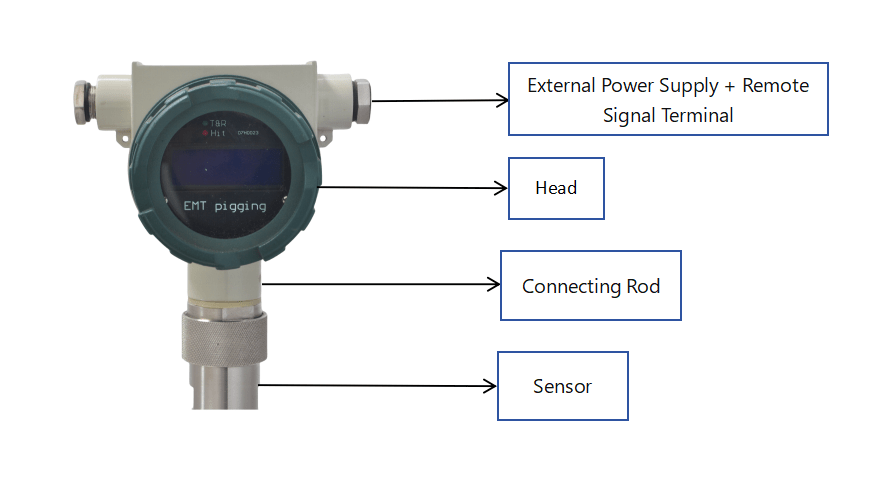
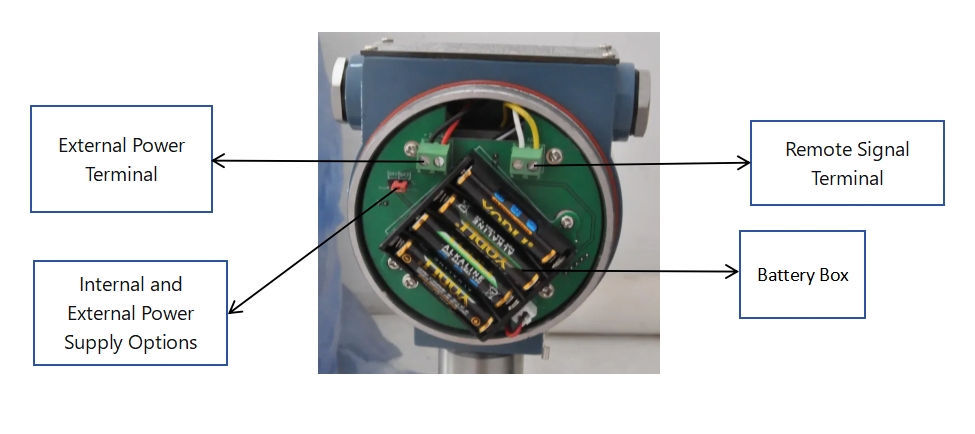
Fiação: De frente para o lado direito da tela está a interface de fiação, geralmente 4 fios. Os cabos preto e vermelho são cabos de alimentação e fontes de alimentação de 6 a 24 V CC podem ser conectadas (vermelho é positivo e preto é negativo). Alterne os modos de fonte de alimentação interna e externa da fonte de alimentação. As outras duas são portas para cabos de sinal remoto. A linha branca é o terminal público e a linha amarela é normalmente aberta. (Se um multímetro for usado para testar o estado aberto, os cabos de sinal comuns serão conectados apenas às extremidades normal e pública.) O tamanho da interface de alimentação e da interface de transmissão remota é: M20 * 1,5 ou 1/2NPT, e a interface do conector de conversão é um conector interno 3/4NPTF
Princípio de funcionamento do produto
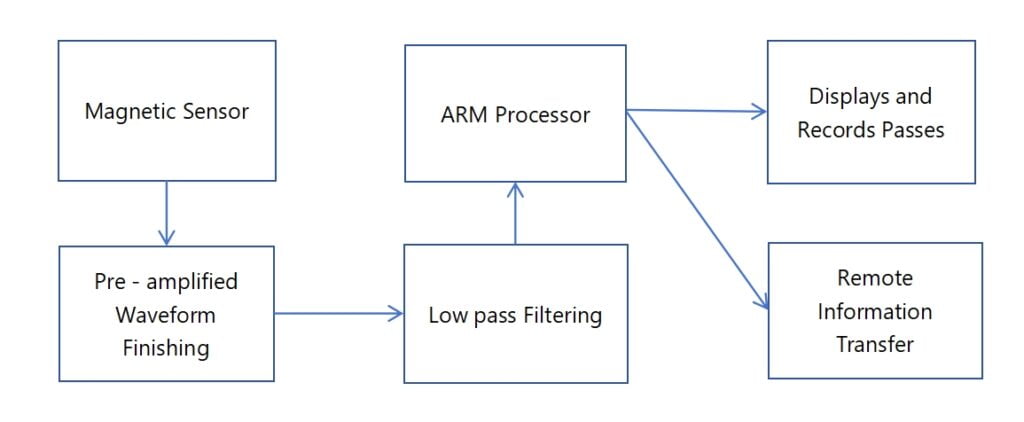
Parâmetros do detector de porcos não intrusivo
| Número | Projeto | Parâmetros |
| 1 | Temperatura aplicável | -39,8°C / 80°C |
| 2 | Umidade aplicável | 41%~83% |
| 3 | Direção de detecção | Bidirecional |
| 4 | Tipo de sensor | Indução Magnética |
| 5 | Tipo de interruptor de sinal | SPDT |
| 6 | Precisão de detecção | ±2s |
| 7 | Faixa de velocidade de passagem de porco | 0.1-20 M/s |
| 8 | Capacidade de contato | 3A |
| 9 | Tipo de redefinição | Automático |
| 10 | Tipo de conector de cabo | M20*1.5、1/2NPT F |
| 11 | Classificação à prova de explosão | Exd IICT6 Gb |
| 12 | Classificação de proteção | IP65 |
Características Aplicadas
Quando o produto está funcionando, quando o pig com força magnética passa, o tempo em que o pig passa é exibido e um sinal de comutação é transmitido ao centro de controle do processo de pigging para entender o funcionamento do pig. O mecanismo de exibição armazena simultaneamente o número e o tempo de passagem da memória, o número da memória: 99 vezes.
O Pig Detector não intrusivo representa um avanço monumental na esfera de manutenção e monitoramento de dutos. Essa tecnologia foi projetada para servir como um juiz confiável para a coleta de linhas de óleo, gás ou água, trazendo um novo nível de eficiência e eficácia ao processo.
Um dos principais atributos do Detector Não Intrusivo de Suínos é sua adaptabilidade. Ele pode atender a uma ampla gama de requisitos de pipeline, oferecendo assim um alto grau de flexibilidade de aplicação. Sua fácil instalação e desmontagem aumentam ainda mais sua utilidade, tornando-o uma solução conveniente para diversas condições de tubulação.
Diagrama de fiação
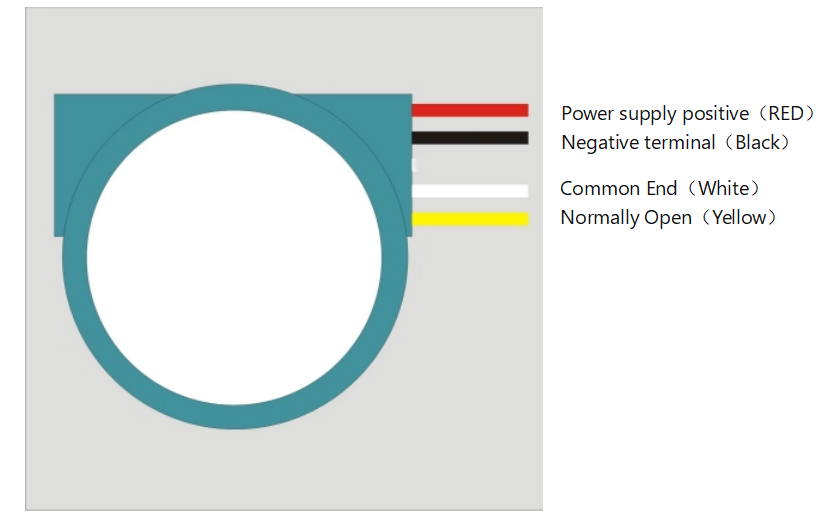
Instalação
- Fixe o Pig Detector no pipeline primeiro
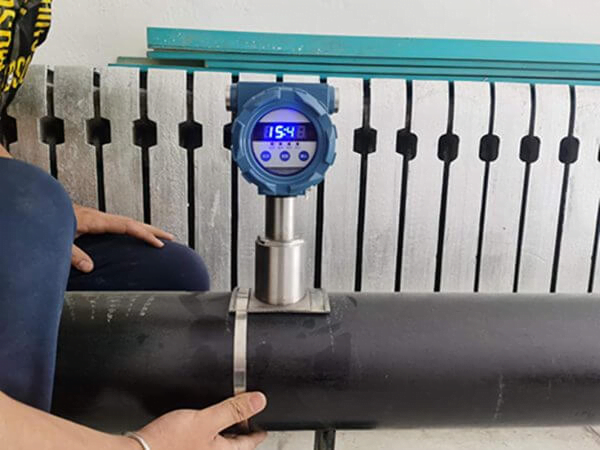
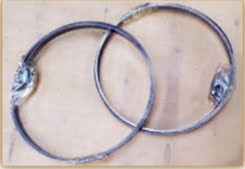
Selecione o mecanismo de carregamento de cartão (braçadeira) de acordo com as especificações do pipeline e fixe o mecanismo de carregamento de cartão na posição necessária. Nota especial: Para tubulações com camada de isolamento térmico, o mecanismo de detecção deve ser fixado na parede metálica do tubo durante a instalação (consulte o diagrama de instalação da braçadeira) e o isolamento térmico deve ser realizado após a instalação. (Uso temporário especial, também pode ser instalado diretamente na camada de isolamento)
- Ativação do modo monitor
Depois que a fonte de alimentação é instalada e selecionada através da tampa do jumper, o medidor começa a funcionar, exibe a hora atual, entra no procedimento de calibração, detecta automaticamente o limite inicial e, em seguida, inicia o modo de monitoramento para entrar no estado de monitoramento de porco (em ordem para garantir uma operação confiável, a função de detecção é executada uma vez pressionando o botão antes de cada monitoramento).
Precauções de instalação e uso
- Durante a instalação, evite bater na janela do monitor com objetos pesados. Não permita que materiais magnéticos se aproximem do sensor.
- O porco a ser detectado deve ter um ímã acoplado. Caso não possua ímã, instale um dos acessórios fornecidos. O local de instalação deve evitar colisão com a tubulação, podendo ser instalado na parte central ou traseira da estrutura do porco. Se o espaço permitir, mais ímãs podem ser empilhados e instalados no porco. (Pelo menos duas peças devem ser instaladas para aquelas com 5 mm de espessura.)
- Ao instalar o ímã no pig, certifique-se de que a superfície circular plana do ímã esteja paralela à direção da base do sensor e ao eixo da tubulação (o ângulo exato durante a operação real não precisa ser levado em consideração). Alternativamente, você pode optar por ter a superfície circular plana do ímã perpendicular à direção da base do sensor e do eixo da tubulação. Para melhorar a indução do sinal magnético, instale o ímã com o pólo S na extremidade frontal da operação do pig e o pólo N (o lado com o orifício de montagem) na extremidade traseira.
- Para especificações de tubulações maiores, é recomendado o uso de vários ímãs. Por exemplo, dois podem ser usados para um pipeline 508 e três podem ser unidos para um pipeline 813.
- Conforme necessário, uma haste de extensão pode ser usada entre o cabeçote do medidor e o sensor para aumentar a altura de instalação do cabeçote do medidor. O comprimento da haste de extensão pode ser selecionado e projetado de acordo com as necessidades reais.
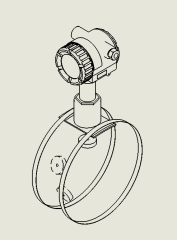

Conclusão
A composição do produto do detector é uma prova de sua robustez e alta funcionalidade. Ele incorpora um mecanismo de exibição de transmissão remota à prova de explosão, um mecanismo de detecção e um mecanismo de carregamento de cartão removível. Esses componentes funcionam em harmonia para oferecer um desempenho confiável e eficiente. O mecanismo de exibição está equipado com uma função de aquecimento e a capacidade de registrar o tempo de passagem e armazenar na memória até 99 vezes. Esta capacidade de armazenamento de dados é crucial para rastrear e analisar operações de pigging ao longo do tempo, permitindo que os operadores tomem decisões informadas sobre a manutenção do gasoduto.
O mecanismo de detecção central do detector de porco não intrusivo constitui um circuito de relutância direcional, um circuito amplificador balanceado, um circuito de filtro passa-baixa, um circuito de disparo, uma CPU, um circuito de comutação remota correspondente, um circuito de exibição e um circuito de reinicialização . Este design complexo permite que o detector rastreie com precisão o movimento do porco, mesmo nos casos em que o porco possui força magnética.
Concluindo, o detector não intrusivo de suínos representa um avanço significativo na tecnologia de suínos. Ele oferece uma solução abrangente para os desafios de limpeza e manutenção de tubulações, fornecendo dados cruciais em um formato eficiente e fácil de usar. Sua versatilidade, construção robusta e facilidade de instalação fazem dele uma ferramenta inestimável na moderna indústria de dutos, prometendo um futuro de maior eficiência operacional e segurança.

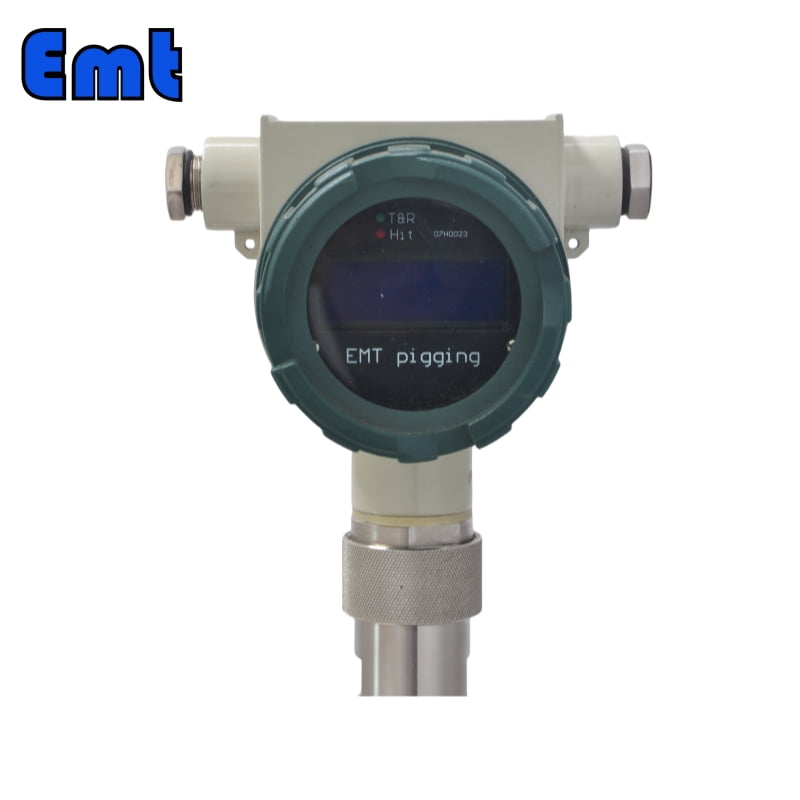
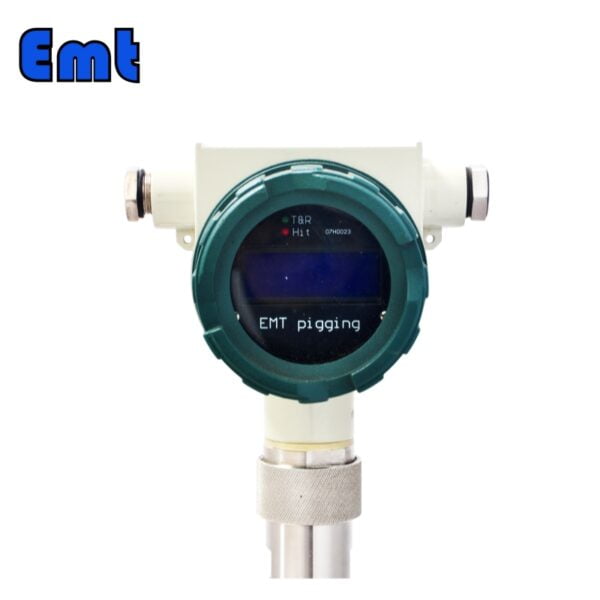
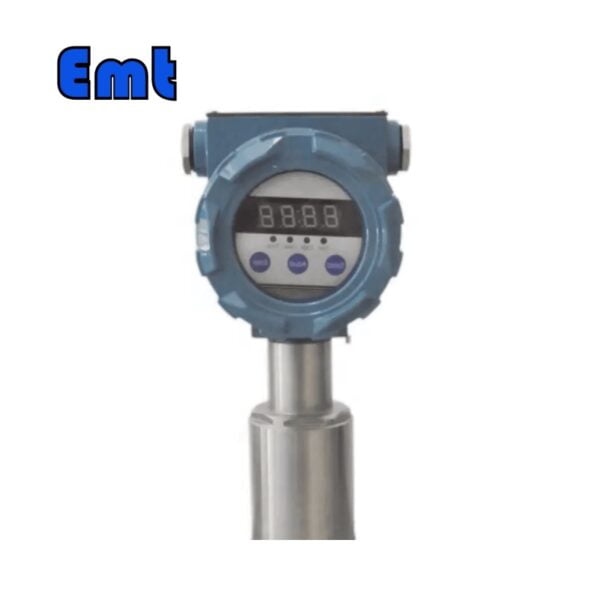
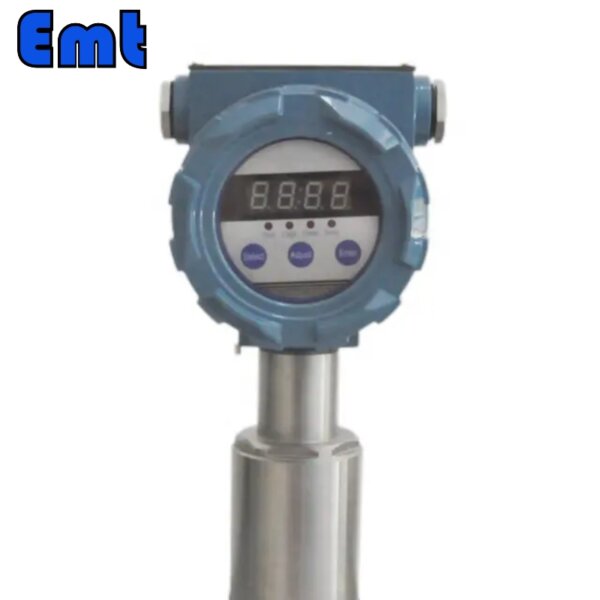
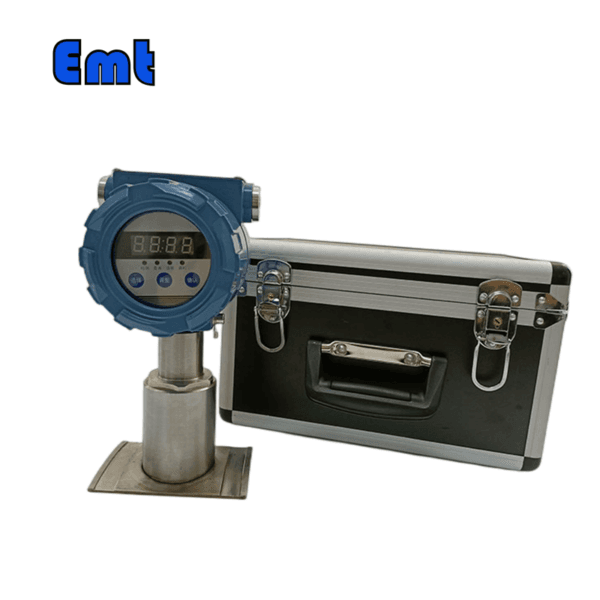
Avaliações
Não há comentários ainda.